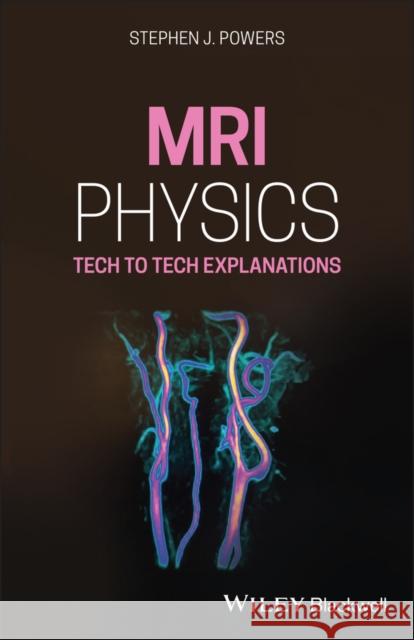MRI Physics » książka
topmenu
MRI Physics
ISBN-13: 9781119615026 / Angielski / Miękka / 2021 / 416 str.
Kategorie BISAC:
Wydawca:
John Wiley and Sons Ltd
Język:
Angielski
ISBN-13:
9781119615026
Rok wydania:
2021
Ilość stron:
416
Waga:
0.63 kg
Wymiary:
21.34 x 13.72 x 2.29
Oprawa:
Miękka
Wolumenów:
01
Dodatkowe informacje:
Bibliografia
Glosariusz/słownik
Wydanie ilustrowane
Glosariusz/słownik
Wydanie ilustrowane











